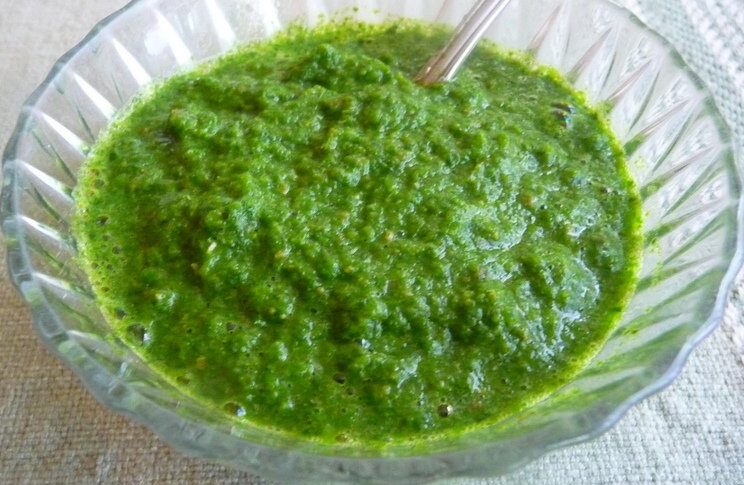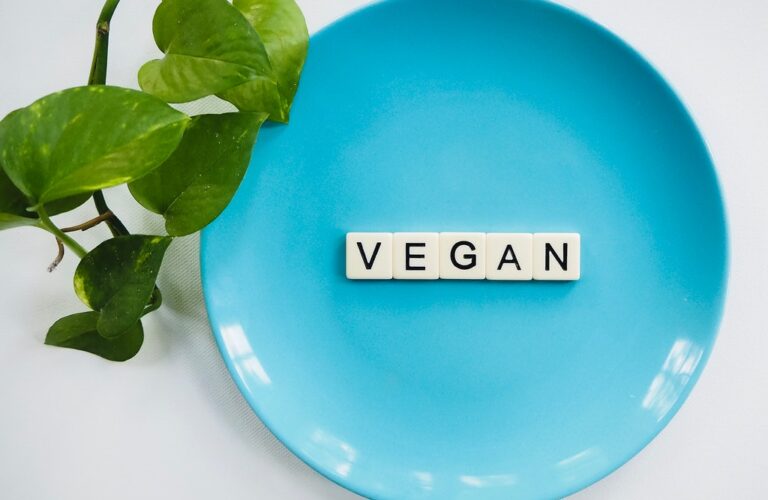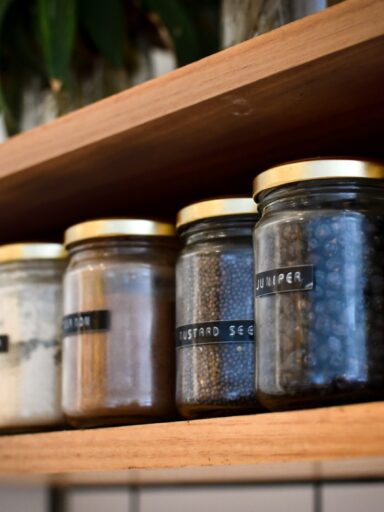I have been a Vgetarian but NOT a Vegan.
I grew up in a home on a farm and we always had people tell us( who came to Milk the Cows) that you must Milk the Cows or they will die.
In recent years I have been learning more about Vegan food and why people are Vegan.
There are two main reasons:
- Allergy to Milk and Milk by products and Dairy Products
- Do not want to eat any Animal By products.
Being brought up as Vegetarian- we never ate fish, or any kind of meat or even eggs.
We all had Milk, which was considered healthy. We did not want to harm any animal but milk was considered to be helping Cow. I have grown up having dairy products-milk-yogurt and butter, but no Eggs.
Below is some information I found-this is just the information – not my opinion.
“Cows have to be milked.”
Searching the Internet, I came across conflicting information. Some sources claim that the cows may contract Mastitis, an inflammation of the mammary gland. I also came across several sources that state cows become agitated when not milked. Others still, claim that the teats will eventually just dry up.
In general, if a milking animal is not milked for an extended period of time(more than 1 or 2 days for a cow giving a normal volume of milk – dairy cows are typically milked two or three times per day), they are likely to become ill and may develop mastitis, which is an inflammation and infection in the udder.There is no reason however that a normally functioning dairy farm would not milk their cattle on a regular schedule. At the end of their lactation (which typically lasts 305 days), when cows are giving a minimal amount of milk, dairymen cease milking them for their “dry period.” This is different from just not milking the cow, which may cause to be sick, because a cow is naturally giving less and less milk, and is “dried off” as sort of a vacation before she has her next calf and begins milking again. Dry periods typically last about 60 days.
Physical ramifications aside however, this argument is problematic for several reasons. In essence, this argument is saying that if the cows are not milked, they will suffer detrimental effects. Animal use however, is inherently detrimental. Dairy cows in particular, typically only live five to six years before being slaughtered.
It is important to remember that dairy cows, like all nonhuman animals, are economic commodities. Outside of this system, the cows can live 12 to 15 years, but in the dairy industry, they are only economically viable for a fraction of that time. So if one is concerned with the welfare of dairy cows, then how can one support a system that systematically kills them when they are no longer profitable?
Furthermore, if dairy cows suffer detrimental effects from not being milked, it is equally important to remember that this is a problem we created on several levels.
Without our interference, the milk would normally be consumed by their calf. In the dairy industry however, this only happens for a few hours before the calf is separated from the mother. We are concerned with the welfare of the cow and so we justify milking them. At the same time, we fail to recognize that we created the original problem that requires their constant milking.
We not only created the problem, we created the cow. Between around 1925 and the present, cows have been selectively bred to produce four times as much milk, which now averages around 16,000 pounds a year per cow. If not being milked is painful, it is because we bred them to secrete more milk than they ever would have naturally. Through artificial insemination and other techniques, we currently keep around nine million cows a year. We created beings that by our design require our use. If we truly care about the welfare of the cow, the best way to alleviate their pain is not to milk them, but rather to not continue breeding them.
Furthermore, looking solely at the dairy producing cow fails to recognize the interconnectedness of the animal agriculture system. If one is buying milk with the belief that they need to be milked and this contributes to the cow’s welfare, one must also recognize that they are condemning a male calf to a beef, or more likely, veal farm. As previously stated, all animals in this system are economic commodities. When that cow stops producing milk, it is slaughtered. When the father of the calf stops producing sperm, it is slaughtered. Their offspring will either end up in the beef, dairy, or veal farm. They all end up in the slaughterhouse. Buying milk creates these other lives, and the cycle never ends.
Sources:
http://www.epa.gov/oecaagct/ag101/printdairy.html#life
http://www.ansi.okstate.edu/breeds/cattle/holstein/
Lindsey Worden, Holstein Association USA & Holstein Foundation


